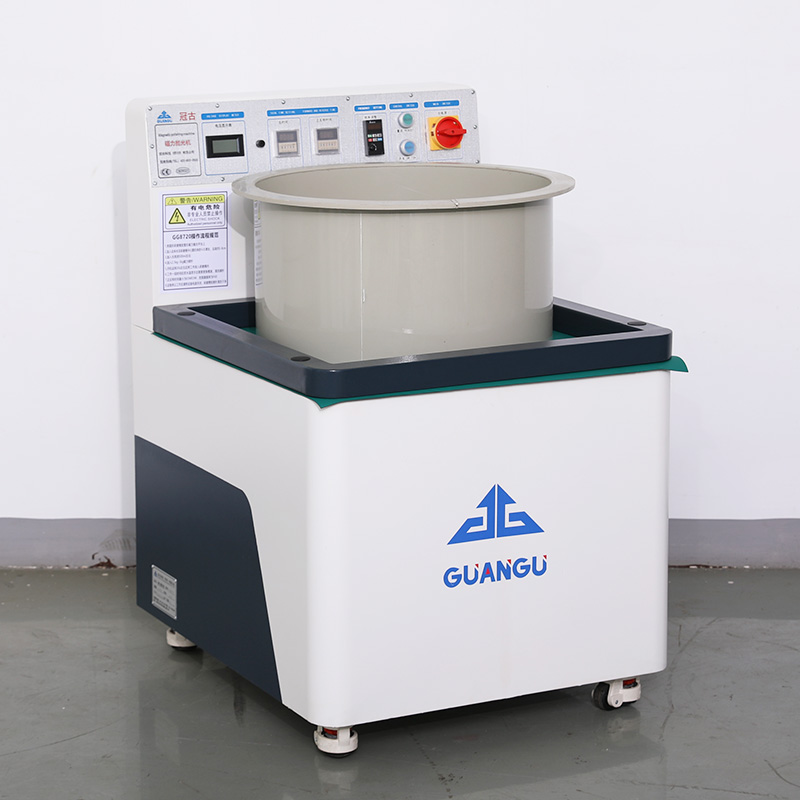Weld nuts are a commonly used connecting element, widely used in various engineering structures and mechanical equipment. Its main function is to connect the nut with the workpiece by welding, so as to realize a stable and reliable connection. In the welding process, the polishing of the weld nut is an important part. This article will focus on the theme of “welding nut polishing” to introduce the relevant knowledge of welding nut polishing.

First, the weld nut overview-Weld Nut Polishing
Weld nut is a kind of nut with welding function, usually made of metal materials. It has good tensile, shear and torsion resistance, and can maintain a stable connection under high temperature, high pressure and high frequency conditions. Welding nut specifications, sizes and shapes vary according to different application scenarios and requirements, and the common ones are hexagonal welding nuts, quadrilateral welding nuts and so on.
Second, the significance of polishing
- Improve the quality of the connection: welding nut polishing can remove the oxidized skin on the surface of the welding nut, welding slag and other impurities, so that the surface finish of the welding nut to improve the quality of the welding connection.
- Reduce welding stress: the stress generated during the welding process will lead to deformation of the weld nut and the workpiece, affecting the stability of the connection. Through polishing treatment, welding stress can be reduced, reducing welding deformation, to ensure the reliability of the connection.
- Improve corrosion resistance: After polishing the welded nut, the surface coating is easier to adhere to, which is conducive to anti-corrosion treatment and improve the corrosion resistance of the welded nut.
- Beautiful and generous: polished welded nuts have a bright surface and neat appearance, which is conducive to improving the aesthetics of the product.
Third, the welding nut polishing methods
- Hand polishing: use sandpaper, polishing cloth and other hand tools to polish the welded nut. Manual polishing is suitable for small quantities, precision requirements are not high welding nut polishing.
- Mechanical polishing: the use of polishing machines, polishing wheels and other mechanical equipment to polish the welded nut. Mechanical polishing is suitable for large quantities, high precision requirements of the welding nut polishing.
- Chemical polishing: the use of chemical reaction to remove the surface of the welded nut oxide, welding slag and other impurities, to achieve the polishing effect. Chemical polishing is suitable for welding nut surface finish requirements of high occasions.
- Electrochemical polishing: remove impurities on the surface of the welded nut through electrochemical reaction, to achieve the polishing effect. Electrochemical polishing is suitable for welding nut surface finish and precision requirements of high occasions.
Fourth, the polishing notes
- Select the appropriate polishing method: according to the material, size and surface requirements of the welded nut, select the appropriate polishing method.
- Pre-polishing treatment: Before polishing the welded nut, it should be cleaned, de-greased and other pretreatment to ensure the polishing effect.
- Polishing pressure: During the polishing process, appropriate pressure should be controlled to avoid excessive polishing leading to surface damage of the welded nut.
- Polishing speed: the polishing speed should be adjusted according to the material and surface requirements of the welded nut to ensure the polishing effect.
- Post-polishing treatment: after polishing, the welded nut should be cleaned and dried to remove the surface of the polishing agent and impurities.
In short, the welding nut polishing is an important part of the welding nut surface treatment, can improve the quality of welding connection, reduce welding stress, improve corrosion resistance and aesthetics. In the actual application, should be based on the specific circumstances of the choice of appropriate polishing methods, and pay attention to the polishing process of the parameters adjusted to ensure that the polishing effect.









You must be logged in to post a comment.